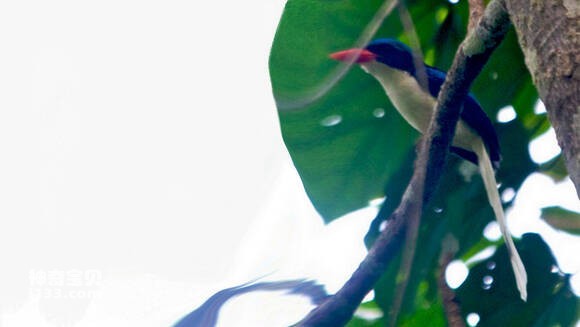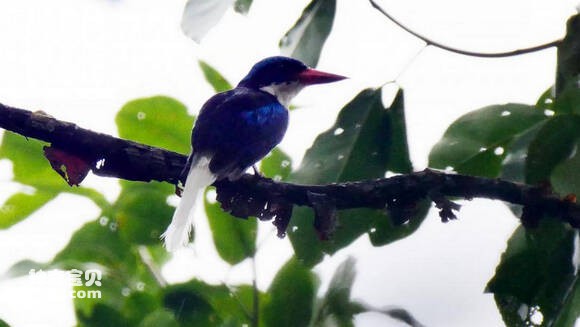Tanysiptera ellioti
IUCN
LCBasic Information
Scientific classification
- name:Tanysiptera ellioti
- Scientific Name:Tanysiptera ellioti,Kofiau Paradise-kingfisher
- Outline:Climbing birds
- Family:
Vital signs
- length:No textual research information is available
- Weight:No textual research information is available
- lifetime:No textual research information is available
Feature
It has a navy blue crest and a pair of very long tail feathers.
Distribution and Habitat
It is distributed in Sri Lanka, Indian Peninsula, Nepal, Sikkim, Bhutan, from Bangladesh to Indochina Peninsula, to Indonesia in the south, and in Yunnan and Guangxi in Chinese Mainland. It mostly lives in low mountains and flat dams below 1600 meters above sea level, and in open secondary broad-leaved forests, miscellaneous trees and shrubs, near village gardens, and roadside trees and shrubs.
The type locality of this species is in Bangladesh.
Appearance
It is characterized by a pair of very long tail feathers, bulging into a beat shape at the end. This kingfisher has a Marine blue crest, dark blue on the lower part of the head to the back, pink on the throat and breast, dark blue on the shoulder feathers and small coverts, blue on the primary coverts, and black on the other wing feathers. The bird has a red beak, black eyes, brown irises, and a black feather at the base of the upper beak to the eyebrow.
Details
Black-winged emerald Tanysiptera ellioti, foreign name Kofiau Paradise-kingfisher, is one of the genus of emerald.

A completely carnivorous kingfisher, its hunting techniques are much the same as those of other species of hunting kingfishers, but it also has its own characteristics. Often hidden in the shade of the tree near the water to prey on fish and shrimp. His head hardly moves while he stands, and his tail wags from time to time. It spends most of its time on the ground searching for food, digging through the soil with its mouth to prey on insects, including snails, beetles, grasshoppers, caterpillars, centipedes, earthworms, and small reptile lizards. Sometimes it makes the feathers very dirty.

Both sexes dig a termite-hollowed nest in a tree four feet above the ground. Size 15 cm x 13 cm. The female usually lays five eggs, and both raise the chicks together.
Listed in the International Union for Conservation of Nature (IUCN) ver 3.1:2008 Red List of Birds: Endangered.
Protect wild animals and eliminate wild meat.
Maintaining ecological balance is everyone's responsibility!








